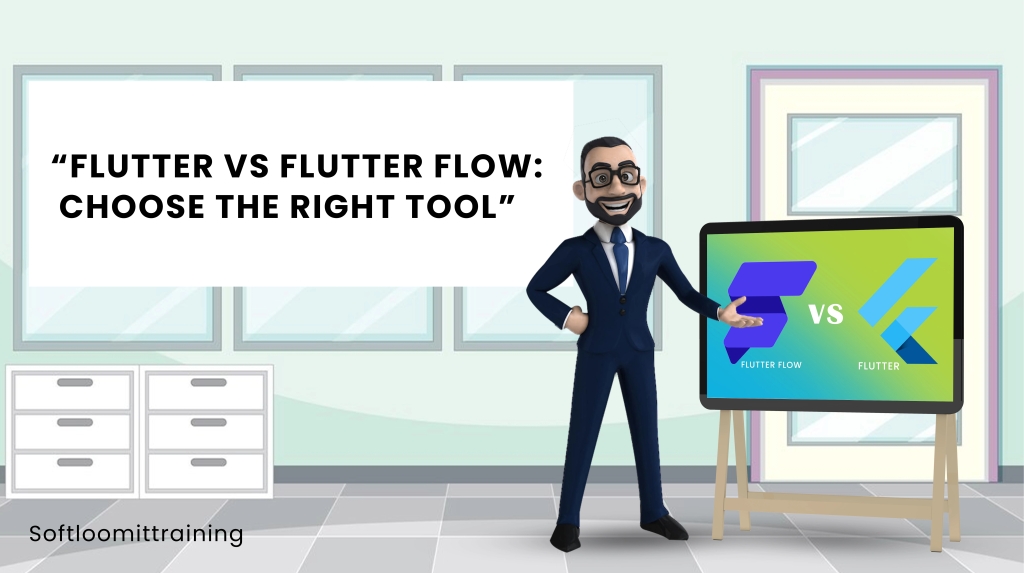In the rapidly evolving landscape of mobile app development, Flutter has emerged as a powerful tool for building high-quality, cross-platform applications. With its intuitive UI framework, robust performance, and growing community support, Flutter has already gained significant traction among developers worldwide. However, as technology continues to advance and market demands evolve, what does the future hold for Flutter?

The Rise of Flutter Web
One of the most anticipated developments in the future of Flutter is its expansion into web development. While Flutter was initially designed for mobile app development, efforts are underway to extend its capabilities to the web. This move will enable developers to leverage Flutter’s features and benefits to create web applications with the same ease and efficiency as mobile apps. With Flutter for web gaining momentum, we can expect to see a proliferation of cross-platform web applications in the coming years.
Enhanced Performance and Stability
As Flutter matures, we can anticipate significant improvements in performance and stability. The Flutter team is continuously working on optimizing the framework to deliver smoother animations, faster rendering, and reduced app sizes. These enhancements will not only improve the user experience but also make Flutter an even more attractive option for developers looking to build high-performance applications.
Continued Growth of the Ecosystem
The Flutter ecosystem is already vibrant and diverse, with a wide range of plugins, packages, and tools available to developers. In the future, we can expect this ecosystem to continue to grow and evolve, offering developers even more resources and capabilities to streamline their app development process. From design tools to testing frameworks to third-party integrations, the Flutter ecosystem will play a crucial role in shaping the future of cross-platform app development.
Integration with Emerging Technologies
As emerging technologies such as augmented reality (AR), virtual reality (VR), and machine learning (ML) become more prevalent, Flutter is poised to integrate seamlessly with these advancements. Already, we’re seeing efforts to incorporate AR and ML capabilities into Flutter apps, opening up new possibilities for innovative and immersive user experiences. In the future, we can expect Flutter to become even more versatile, enabling developers to create cutting-edge applications that harness the power of these emerging technologies.
Continued Support from Google and the Community
One of the key factors driving Flutter’s success is the strong support it receives from both Google and the developer community. Google continues to invest in Flutter, providing updates, resources, and guidance to help developers succeed. Meanwhile, the Flutter community is incredibly active and engaged, contributing to the framework’s growth through code contributions, documentation, and community events. As long as this support continues, Flutter will remain a leading choice for cross-platform app development well into the future.
In conclusion, the future of Flutter looks incredibly promising. With its expansion into web development, improved performance and stability, growing ecosystem, integration with emerging technologies, and continued support from Google and the community, Flutter is well-positioned to become the go-to framework for cross-platform app development in the years to come. As developers, now is the time to embrace Flutter and unlock its full potential to create innovative, high-quality applications that delight users across all platforms.
To know more visit:- A Comparison of Flutter vs Flutter Flow: Choosing the Right Tool